Case Report: 17CA005
Solar company owner dies when he falls through skylight
Download a PDF to print this report:
Solar company owner dies when he falls through skylight (17CA005, PDF)
Summary
A solar company owner was working alone on a roof of a warehouse when he fell 40 feet through an unguarded skylight to the concrete floor below. The victim was setting up a drone on the roof to photograph work progress. He was unconscious after the fall and died on the same day at the hospital. The skylight did not have any protective coverings, screens, or guard rails at the time of the incident. The victim was not wearing personal fall protection. The CA/FACE investigator determined that, in order to prevent similar future incidents, solar companies should:
- Ensure that employees performing work within six feet of a skylight use skylight screens,covers, guardrails, nets, or personal fall protection systems—even for short-duration tasks such as periodic inspections or maintenance.
Introduction
On December 29, 2017, at approximately 12:00 p.m., a 59-year-old male solar company owner died when he fell approximately 40 feet through a skylight while working on the roof of a warehouse. The CA/FACE program received notification of the incident from the Division of Occupational Safety and Health (Cal/OSHA) on January 3, 2018. On February 22, 2018, the CA/FACE investigator conducted a telephone interview with the company’s executive vice president. On March 1, 2018, the CA/FACE investigator visited the incident site, interviewed the workers and the managers at both the skylight company and the warehouse, and took photographs of the incident scene. The ambulance report was also obtained from the county coroner’s office.
Employer/Victim Information
The victim in this incident was the owner of a California-licensed and insured solar power and skylight installation company, started in 1994. There were 15 workers employed by the company, and 10 were onsite when the incident occurred. Interviews conducted with the executive vice president and a supervisor indicated that the victim was one of the pioneers of the solar industry in California, was very knowledgeable about safety regulations and protective measures, and was very safety conscious.
Written Safety Programs and Training
The company had all the requisite Cal/OSHA programs, including an Illness and Injury Prevention Program (IIPP) and a Fall Prevention Program. It also had a written company safety policy which stated that workers should not work on the roof alone, and if on the roof for short duration such as for periodic inspections, should not be within ten feet of a skylight. The victim and other managers provided on-the-job safety training to the company employees.
Incident Scene
The warehouse where the fatality occurred was a storage facility used by retailers to temporarily store merchandise before being shipped to local stores or consumers. The employer of the warehouse hired the skylight and solar company to resurface the roof with thermoplastic polyolefin covering (phase 1), replace the old skylights with new ones, and install a roof-mounted solar electrical energy system (phase 2). At the time of the fatality, it was the second month of a five-month job.
Exhibit 1 shows the aerial view of the warehouse. The flat roof of the warehouse contained 84 skylights, with 42 located on each side of the roof. The roof was divided by a midline with each side sloping away from the midline at a slight angle. The dimensions of the skylights were 4' x 8', with each skylight located 36 feet from an adjacent skylight. The roof was accessed by climbing a 40-foot ladder (Exhibit 2) inside the building. Exhibit 3 shows the entrance to the roof. The skylights that were being replaced were approximately 30 years old. A solar company manager stated he thought that the skylights were made of plexiglass.
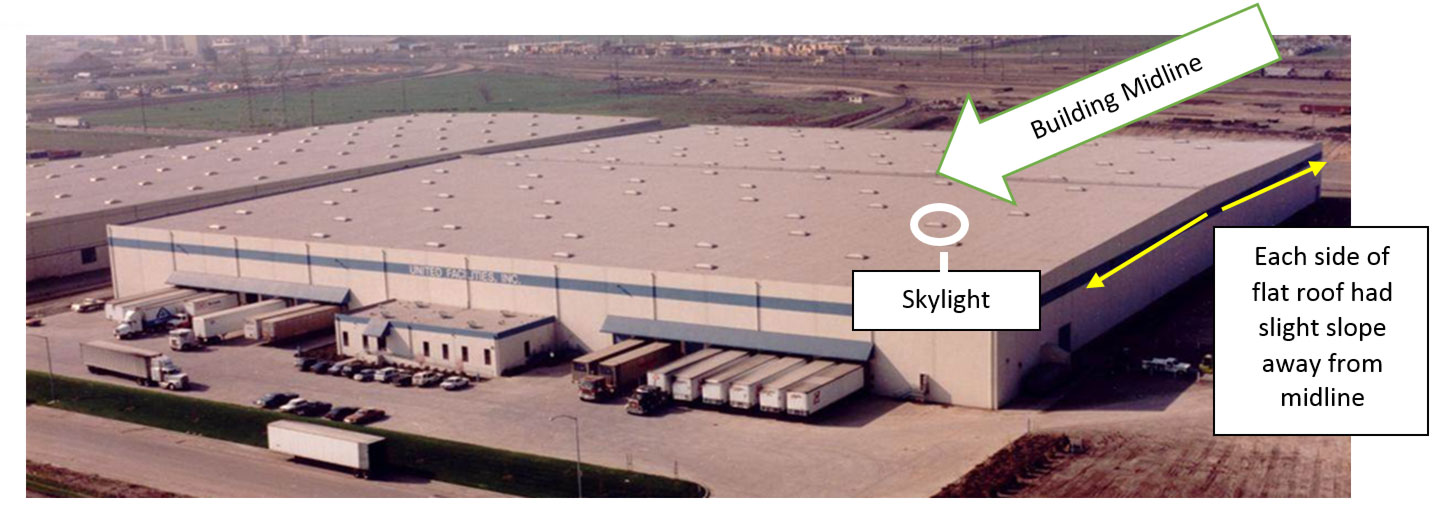
Exhibit 1. The warehouse involved in the incident.
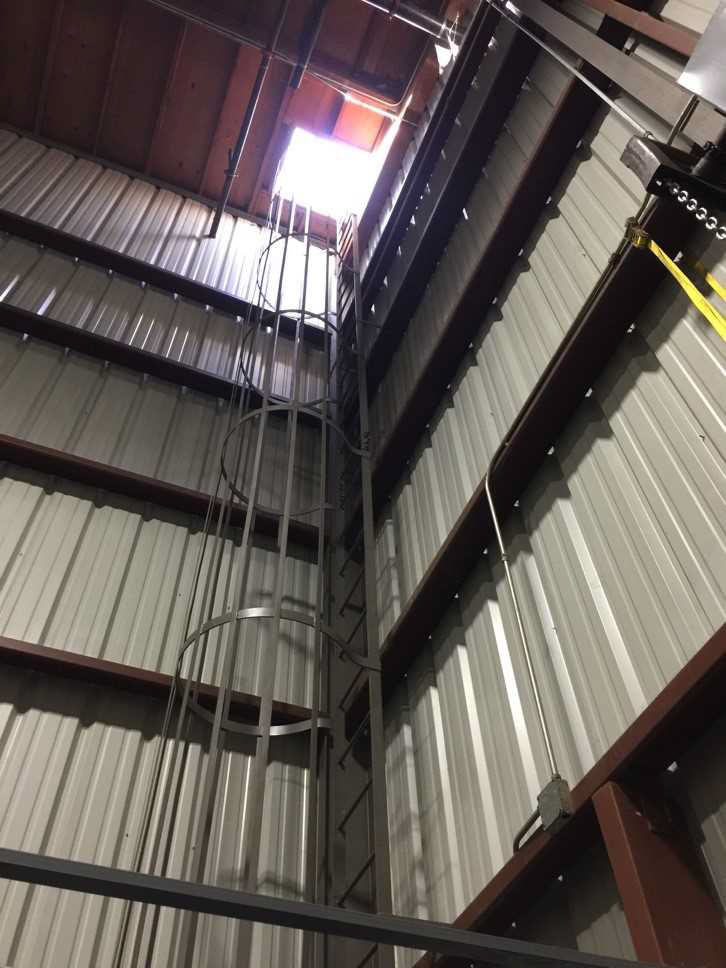
Exhibit 2. The 40-foot ladder used to access the roof.
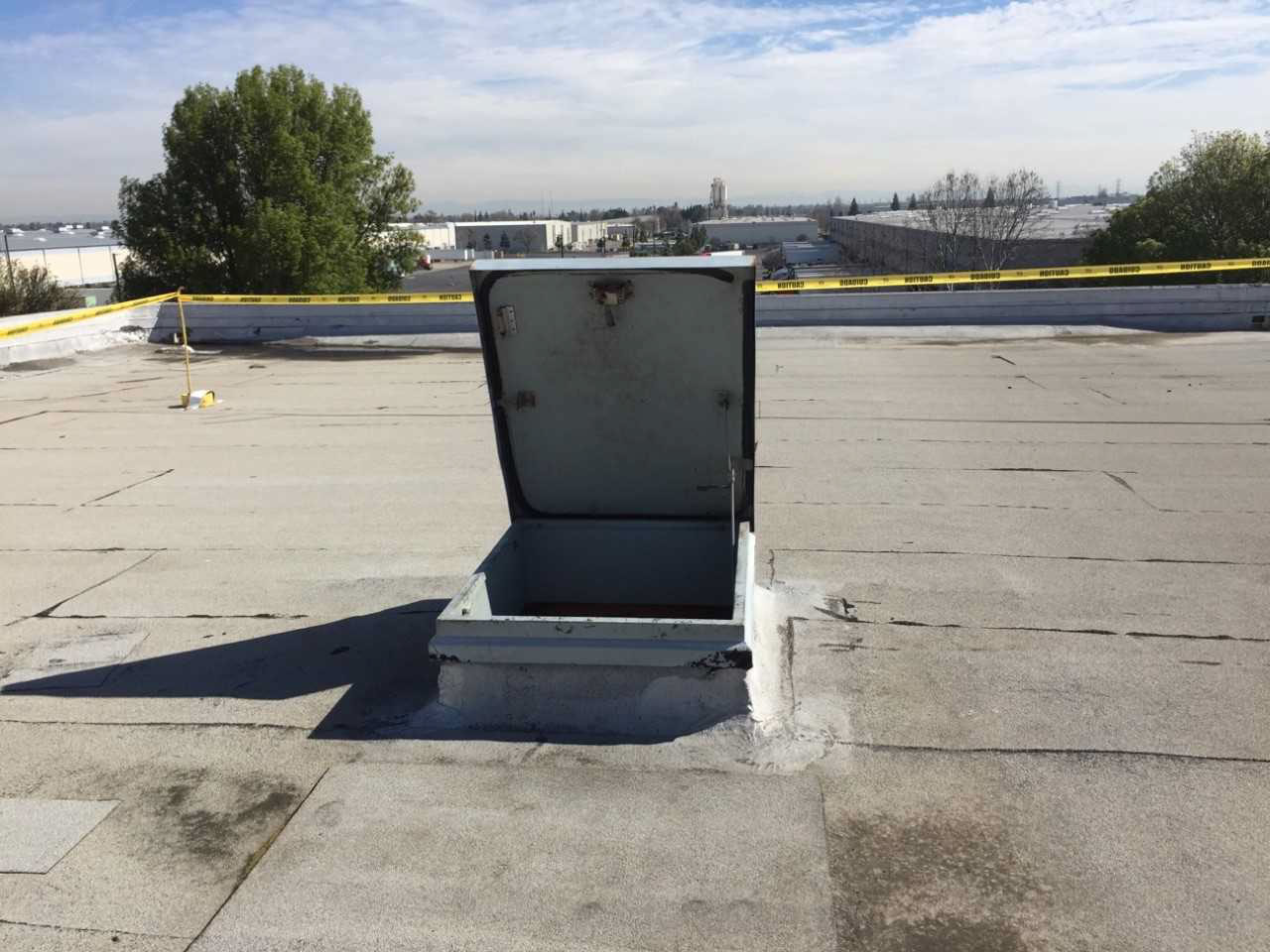
Exhibit 3. The entrance to the roof.
Investigation
On the day of the incident, at approximately 12 p.m., the victim arrived at the facility and climbed up alone to the northeast side of the roof. At the time of the fall, eight workers were working on the other side of the roof, approximately 150 to 250 feet from where the incident occurred. The site foreman was on the ground organizing materials for the project. None of the employees who were working on the southeast side of the roof knew that the victim had gone up on the roof. Due to the small roof slope at the building midline (Exhibit 1), these employees did not have a clear view of the victim. Post incident, a tablet, a drone controller, and a drone, were found 1’4”, 3’, and 5’, respectively, from the broken skylight. Therefore, the supervisors speculated that he went up on the roof to deploy the drone and perhaps to communicate New Year’s greetings to his employees on the roof. Since the drone was found not fully assembled at the time of the victim’s fall, the CA/FACE investigator hypothesized that the victim came within six feet of the skylight while preparing the drone and somehow lost his footing and fell through the skylight.
No one at the company was aware that the victim had fallen until a warehouse worker found him unconscious on the floor, approximately 15 minutes after he fell. The warehouse worker immediately called 911. Emergency services arrived in less than ten minutes. The victim was transferred to a local hospital where he died later that day. Exhibit 4 shows the broken skylight. Exhibits 5 and 6 show the underside of the broken skylight from inside the warehouse.
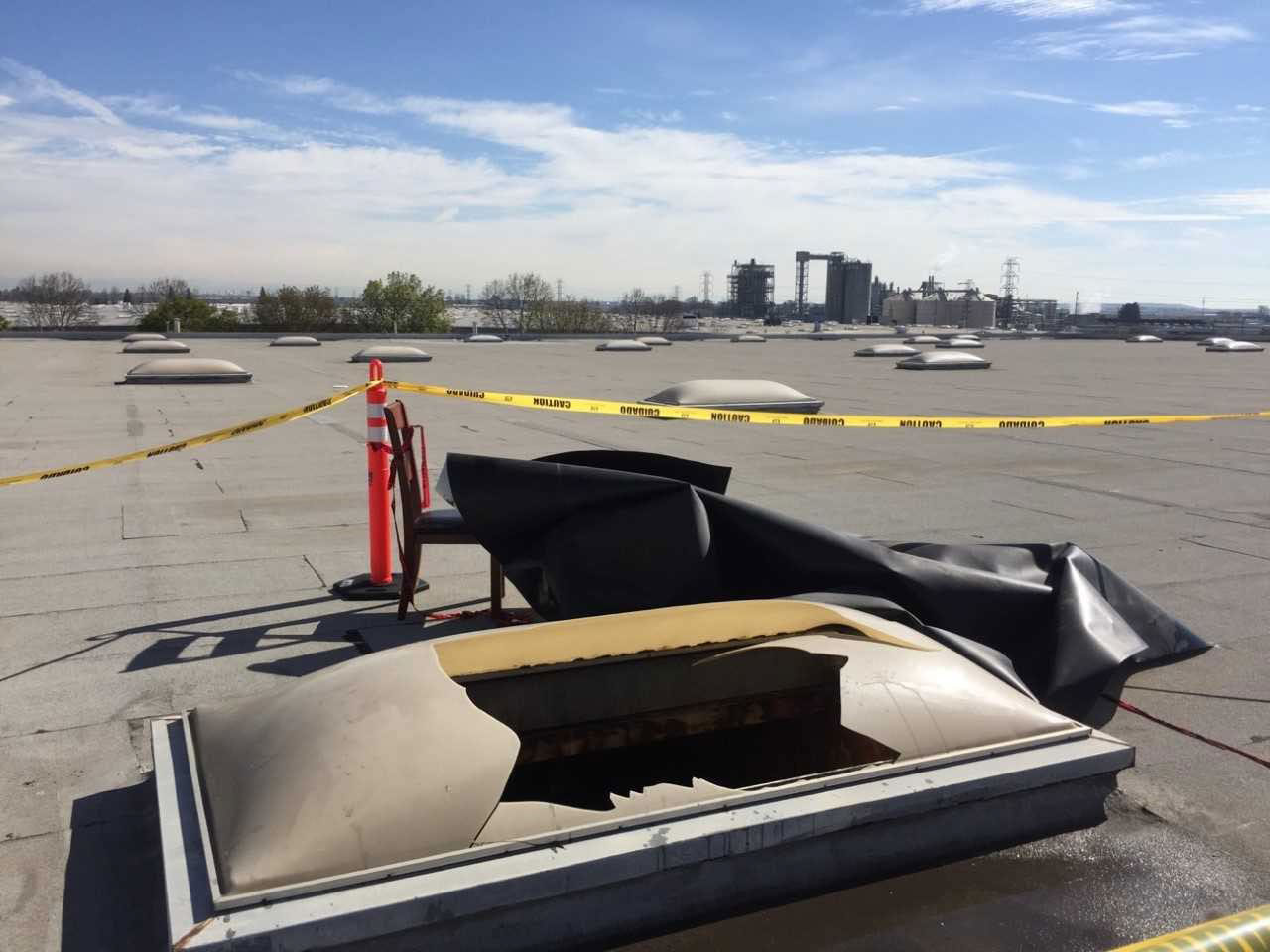
Exhibit 4. The skylight the victim fell through.
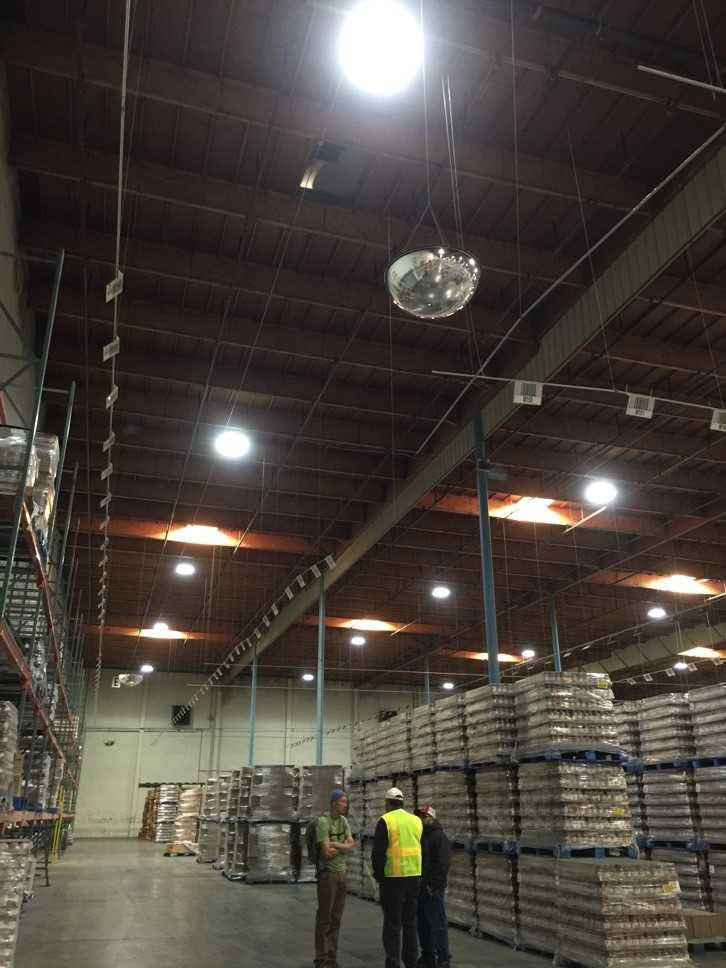
Exhibit 5. Broken skylight from inside the warehouse.
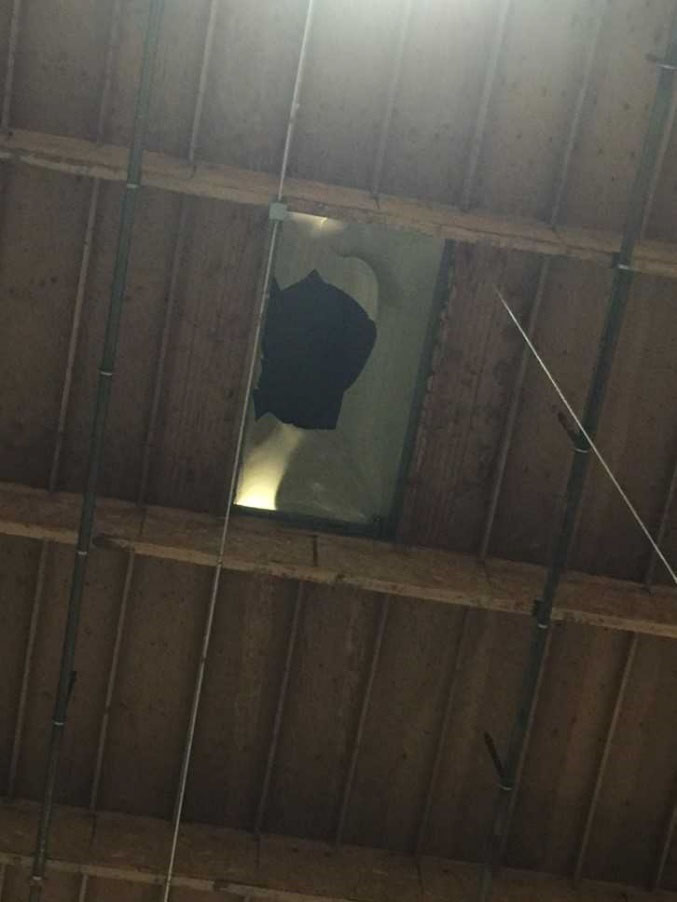
Exhibit 6. Close-up of broken skylight from inside the warehouse.
Weather
The weather at the time of the fatality was sunny with a temperature of approximately 53 degrees F, humidity of 72%, wind speed at 0.621 mph, and visibility of 4 miles. The CA/FACE investigator concluded that the weather conditions did not contribute to the circumstances of the fall.
Cause of Death
The cause of death, according to the death certificate, was shock and hemorrhage from blunt force trauma.
Recommendations
The CA/FACE investigator determined that, in order to prevent workers from falling through skylights, companies should:
Recommendation: Ensure that employees performing work within six feet of a skylight use skylight screens, covers, guardrails, nets, or personal fall protection systems—even for short- duration tasks such as periodic inspections or maintenance.
Discussion: In this incident, the victim was on the warehouse roof with the intent of flying a drone to photograph work progress. The roof was 40 feet off the ground, which presented a risk of serious injury and/or death in the event of a fall. The victim was not wearing any type of personal fall protection, and the skylight did not have any nets, screens, covers, or guardrails. While setting up the drone, he probably was within six feet of the skylight, lost his footing, and fell through the skylight to the warehouse floor below.
Companies with employees who work near skylights should have either a passive or active fall prevention safety system in place, regardless of roof height (Cal/OSHA Title 8, Section 3212 for General Industry and Sections 1670, 1671, 1671.1 for Construction Industry). Examples of passive systems include guardrails, nets, screens, and covers. If it is not feasible for short-duration tasks (periodic inspections, maintenance, and repairs) to install a passive safety system, an active safety system such as a Fall Arrest System (body harness, shock absorbing lanyard, and anchorage points supporting at least 5,000 pounds) or a Fall Restraint System (body harness or belt, anchorage points supporting at least 4 times the intended load) should be worn by the worker. All roofs require periodic maintenance or repairs, especially roofs with skylights and solar panels. If a fall prevention system had been installed, or if the victim had been wearing personal fall protection, his death could have been prevented.
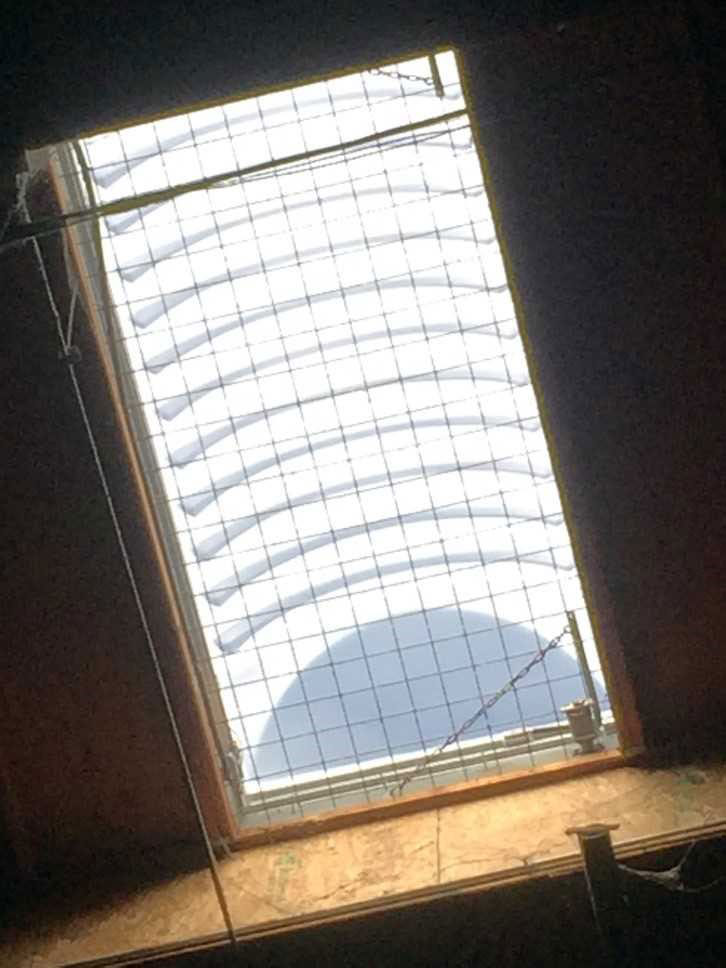
Exhibit 7. Skylight with screen, installed after the fatality.
References
OSHA Green Job Hazards Solar Energy – Falls - Occupational Safety and Health Administration (OSHA) website
Cal/OSHA Stopping Falls Factsheet (PDF)
Preventing Falls from Heights Through the Design of Embedded Safety Features (PDF) - Centers for Disease Control and Prevention, National Institute for Occupational Safety and Health (NIOSH)
CA/FACE Program Digital Stories
CA/FACE Program Investigation Reports
California Code of Regulations, Title 8, Article 3, Section 1509,
Injury and Illness Prevention Program in Construction
California Code of Regulations, Title 8, Article 24, Section 1670, Personal Fall Arrest Systems,
Personal Fall Restraint Systems and Positioning Devices (Construction Safety Order - for employers installing solar panels or skylights)
Authors
Hank Cierpich, FACE Investigator
Robert Harrison, MD, MPH, FACE Project Officer
Laura Styles, MPH, Research Scientist
January 29, 2019